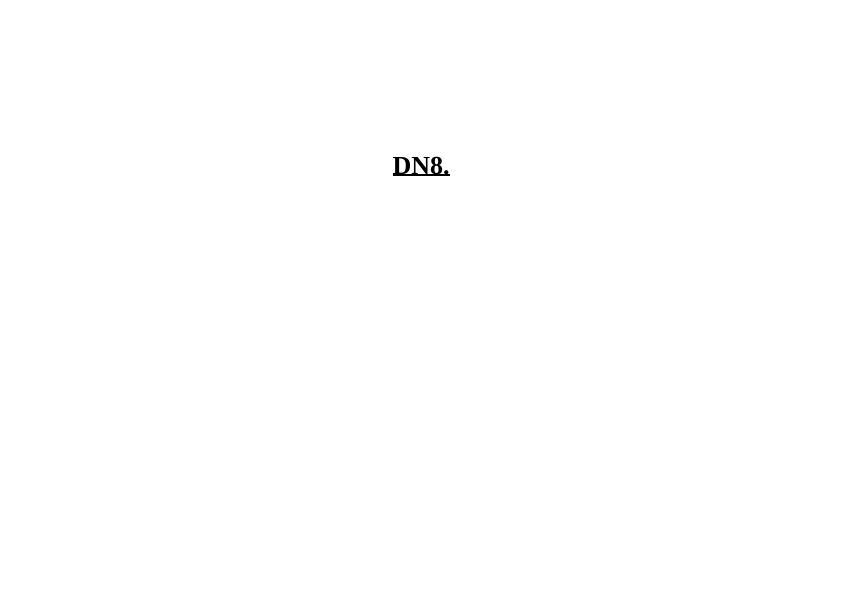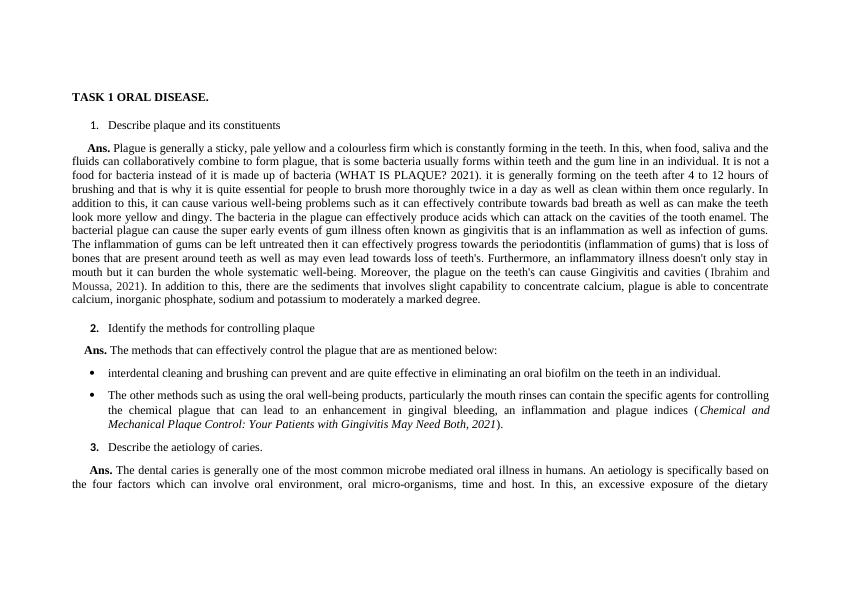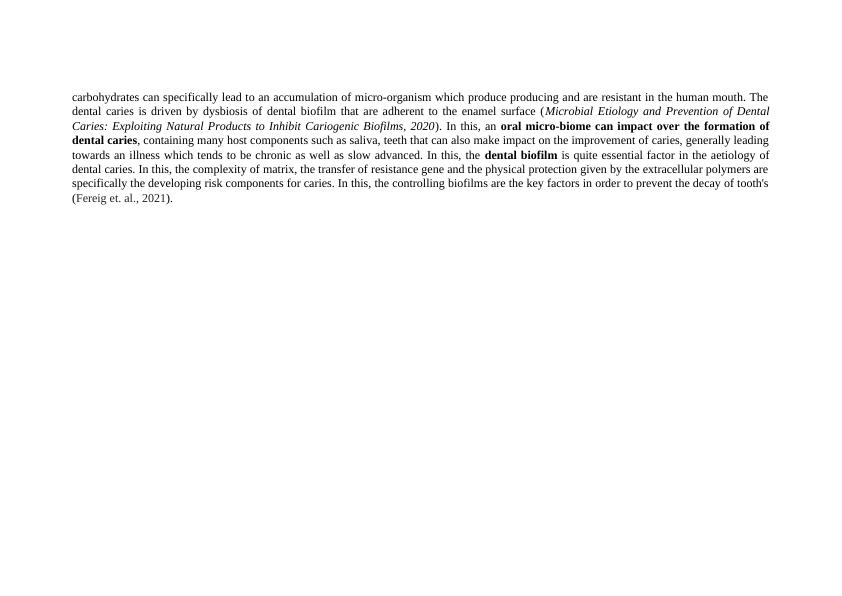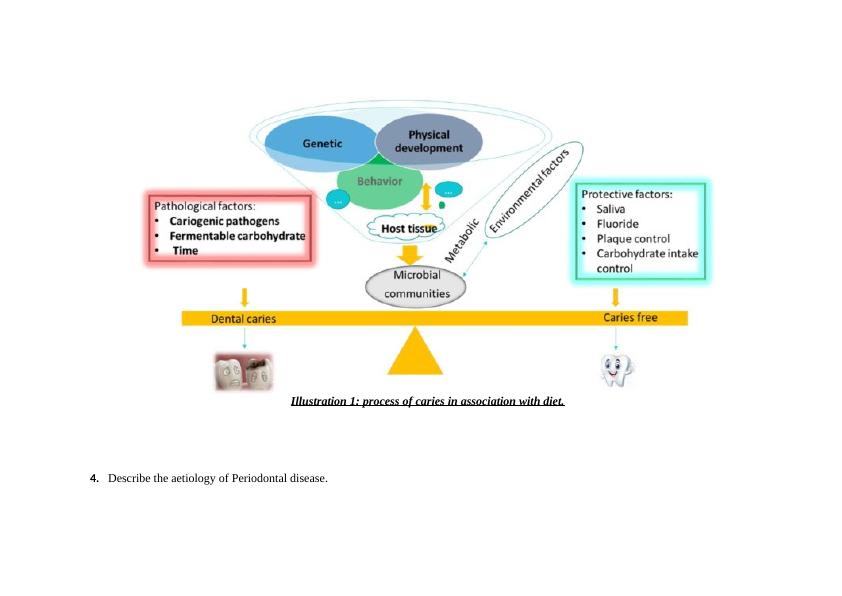Prevention and Control of Periodontal Disease: Support and Methods
17 Pages4004 Words182 Views
Added on 2023-06-13
About This Document
This article discusses the causes, symptoms, and treatment options for plaque, caries, and periodontal disease. It also covers the effects of pH levels, natural ageing processes, and inflammation on oral health. Additionally, it identifies the causative factors of abrasion, attrition, and erosion and provides treatment options. The article is relevant for individuals studying dentistry or oral health courses.
Prevention and Control of Periodontal Disease: Support and Methods
Added on 2023-06-13
ShareRelated Documents
End of preview
Want to access all the pages? Upload your documents or become a member.
DN15
|6
|1753
|62
Oral and Dental Diseases : Assignment
|9
|2894
|230
Gingivitis Cause Peridontal Disease Assignment
|19
|2855
|165
The Role of Dietary Sugars in Dental Caries
|4
|635
|25
Principle of Managing Oral Disease Assignment
|10
|2085
|462
Oral Microflora in Health and Diseases
|16
|3287
|17




